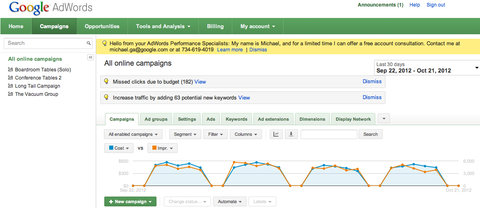The bill is intended to put an end to the “shadow docket” of pending foreclosure cases stuck in limbo for months or even years because lawyers for the lenders haven’t filed the paperwork necessary for them to move into court.
“Interest and fees are being racked up with every passing month,” said Jacob Inwald, the director of foreclosure prevention litigation at Legal Services NYC. “And there isn’t even a vehicle to try to resolve your problem, because once they’ve commenced a foreclosure action, you can’t talk to your lender because you’re in litigation.”
New York has a court-supervised mediation process to give homeowners a chance to work out a loan modification with their lender — “their best hope of making something happen,” Mr. Inwald said. But homeowners trapped on the shadow docket can’t begin that settlement process.
It was the state’s chief judge, Jonathan Lippman, who proposed a legislative remedy, along with the attorney general, Eric T. Schneiderman.
“We feel very strongly that the integrity of the court process is at stake,” Judge Lippman said. “It is our responsibility to ensure that these proceedings are meaningful and that everyone’s rights are protected.”
He estimated the foreclosure backlog at roughly 12,000 cases, though earlier estimates put it closer to 25,000. Either way, he added, “it’s far, far too many.”
The bill approved by the Legislature in June essentially makes a technical fix to a rule change sparked by the robo-signing scandal, in which lenders’ representatives were found to have signed off on foreclosure-related documents without verifying their accuracy. Lawyers filing foreclosure actions in New York must now submit a certificate affirming they have verified the accuracy of the documentation.
The problem is that when lawyers file foreclosure actions, they sometimes hold off on filing the mandatory affirmations, which prevents the cases from moving forward. The legislation would end this practice by requiring that the affirmations accompany foreclosure actions.
“You need to affirm straight up at the outset that you’re attesting to the accuracy of the documents,” said Sarah Ludwig, a director of the New Economy Project, a community advocacy group.
In a similar effort in June, over another required document, Mr. Schneiderman’s office sued HSBC Bank for allegedly stalling several hundred foreclosure cases by failing to file the document, called a request for judicial intervention.
Filing the request obligates the lender to attend a settlement conference within 60 days. The attorney general charges that in some cases, HSBC waited for more than two years to file such requests, charging interest and penalties all the while.
Foreclosure prevention advocates are urging Gov. Andrew M. Cuomo to sign the shadow docket legislation into law quickly to prevent the docket from growing longer. Even after signing, the bill wouldn’t become effective for another 30 days. A spokesman for the governor’s office said the legislation was under review.
Judge Lippman says he doesn’t attribute any “negative motivations” to lenders’ lawyers’ failure to file the required documents in a timely manner, but thinks the “proceedings have gotten off track.”
Ms. Ludwig takes a darker view. “The whole foreclosure process has just been riddled with improprieties and unfairness to homeowners,” she said. “I think this is part of that bigger morass.”

Article source: http://www.nytimes.com/2013/07/28/realestate/awaiting-foreclosure-relief.html?partner=rss&emc=rss
